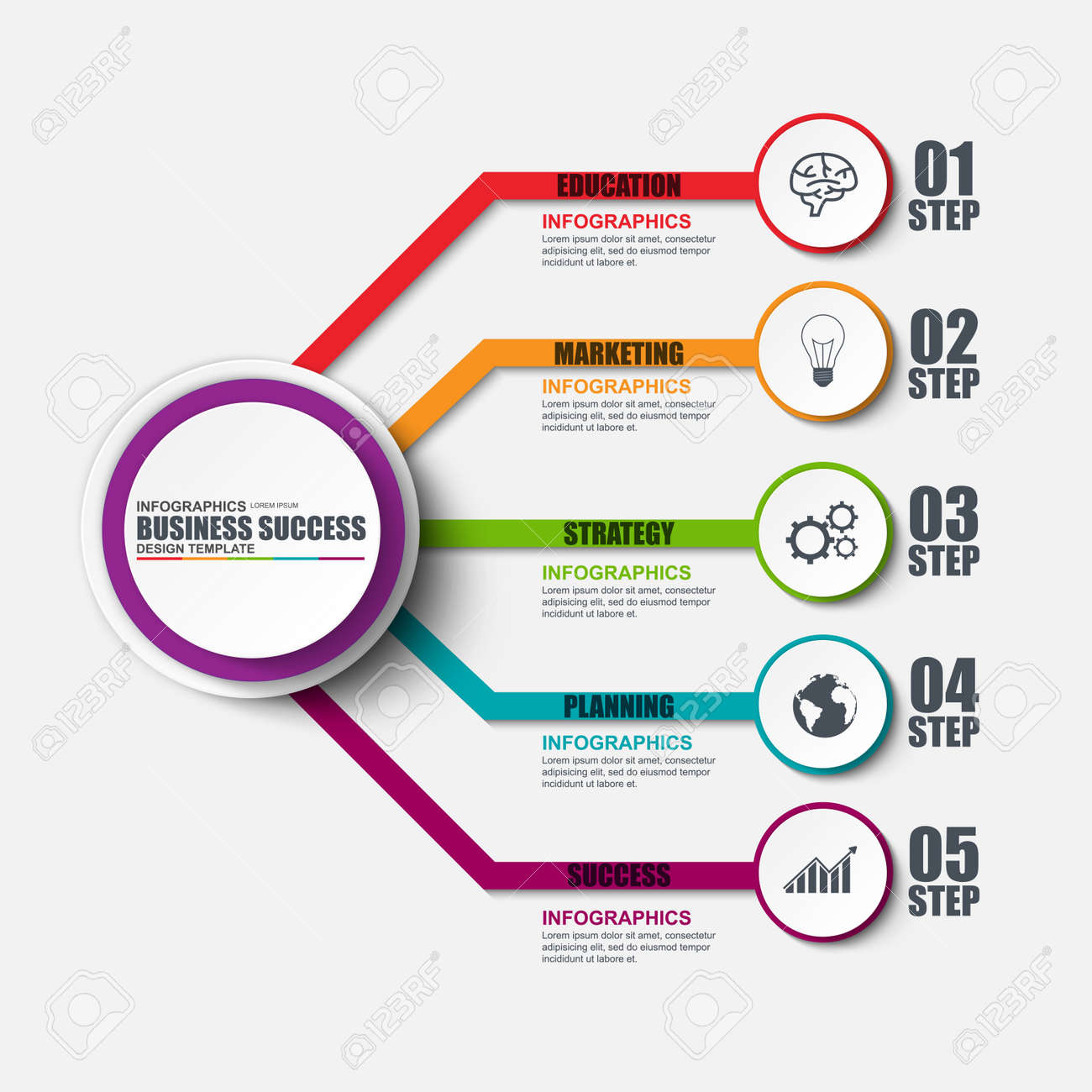Keen To Find Exactly How Site Design Has Transformed Gradually? Study The Development From Simpleness To User-Focused Experiences
Keen To Find Exactly How Site Design Has Transformed Gradually? Study The Development From Simpleness To User-Focused Experiences
Blog Article
Write-Up Produced By-Rasmussen Molina
In the past, web sites were easy and focused on information. Navigating was direct, and style was for desktop computers. Now, customer experience is essential. Data overviews layouts for simple navigating. Receptive designs fit various gadgets. Today, dark setting reduces pressure, and minimalist food selections boost navigation. Interactive functions engage individuals, and vibrant visuals stick out. AI integration boosts involvement. See how design has developed to enhance your on the internet trip.
Very Early Days of Website Design
In the very early days of website design, simplicity preponderated. Web sites were basic, with minimal colors, typefaces, and formats. The emphasis got on giving information rather than fancy visuals. Individuals accessed the net through slow-moving dial-up links, so speed and performance were vital.
Navigation menus were straightforward, typically located on top or side of the web page. Internet sites were developed for desktop computers, as mobile browsing wasn't yet common. Content was king, and developers prioritized easy readability over complicated design elements.
HTML was the main coding language made use of, and developers had to work within its restrictions. Computer animations and interactive attributes were marginal compared to today's standards. Websites were fixed, with little dynamic content or customized customer experiences.
Rise of User-Focused Layout
With the advancement of web site design, a shift in the direction of user-focused design principles has ended up being significantly prominent. Today, producing websites that prioritize user experience is critical for involving visitors and achieving company objectives. User-focused design involves understanding the needs, preferences, and behaviors of your target market to tailor the internet site's format, content, and features as necessary.
Developers currently carry out thorough research, such as customer studies and functionality testing, to collect understandings and responses directly from customers. This data-driven method assists in producing intuitive navigation, clear calls-to-action, and visually appealing interfaces that resonate with visitors. By putting the individual at the center of the layout procedure, websites can provide a much more tailored and satisfying experience.
Receptive layout has also become a crucial facet of user-focused layout, guaranteeing that web sites are enhanced for different tools and screen dimensions. This flexibility improves accessibility and usability, catering to the diverse means customers interact with internet sites today. Basically, the rise of user-focused layout symbolizes a shift towards creating digital experiences that prioritize the needs and expectations of completion individual.
Modern Trends in Website Design
Explore the most recent trends forming website design today. One popular trend is dark setting layout, supplying a streamlined and modern-day look while minimizing eye pressure in low-light environments. Another essential pattern is minimal navigation, streamlining food selections and enhancing individual experience by concentrating on essential elements. Integrating micro-interactions, such as computer animated switches or scrolling impacts, can develop a much more engaging and interactive website. Receptive style remains essential, ensuring smooth individual experiences across numerous tools. In addition, making use of vibrant typography and asymmetrical formats can add visual interest and draw attention to details content.
Integrating AI modern technology, like chatbots for client assistance or tailored referrals, enhances user interaction and simplifies procedures. Ease of access has likewise come to be a substantial pattern, with developers prioritizing comprehensive style techniques to cater to diverse individual requirements. Welcoming sustainability by optimizing website efficiency for rate and effectiveness is one more emerging trend in website design. https://www.entrepreneur.com/article/398406 with individual feedback and data analytics to iterate and improve style continually is crucial for remaining pertinent in the ever-evolving electronic landscape. By accepting these contemporary trends, you can produce a visually attractive, user-friendly website that reverberates with your target market.
Verdict
As you reflect on the advancement of web site style from the early days to now, you can see exactly how user-focused style has actually become the driving force behind modern-day trends.
Welcome the trip of change and adaptation in website design, always keeping the individual experience at the leading edge.
Tippingpointdigital
Stay existing with the current trends and modern technologies, and never ever stop evolving your strategy to produce visually stunning and easy to use internet sites.
Develop, adapt, and create - the future of website design remains in your hands.
